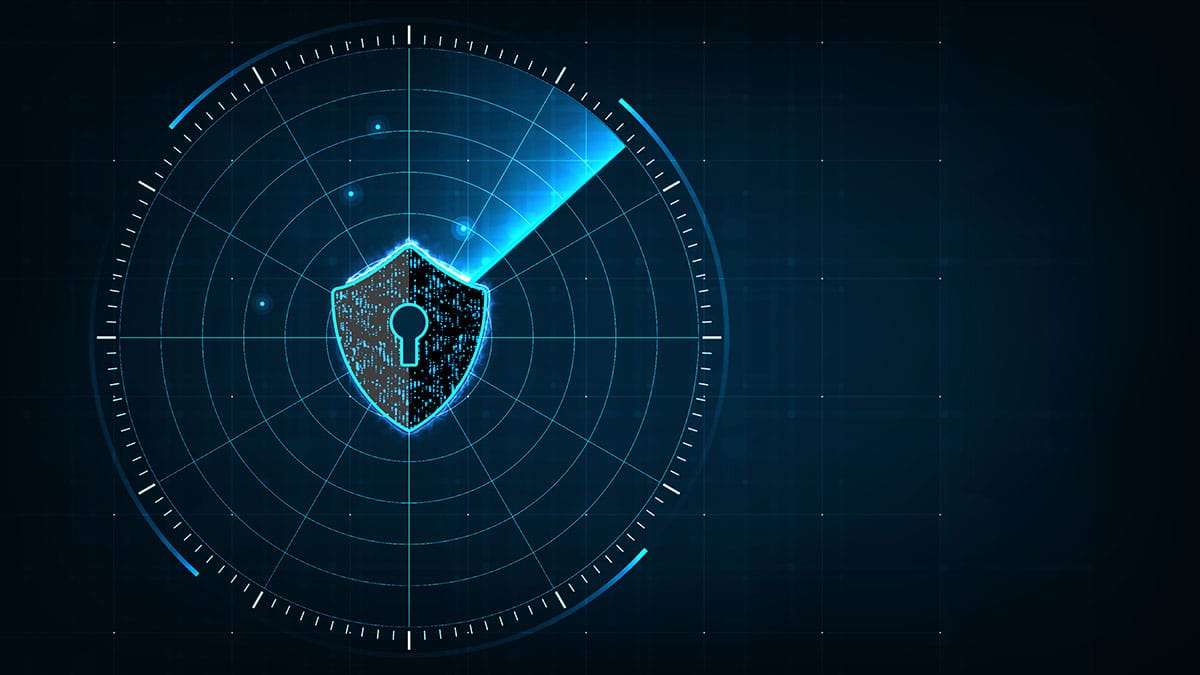Early threat detection is one of the biggest challenges in any Security Operations Center (SOC). Tools like Wazuh, an open-source security and monitoring platform, have gained popularity for their ability to function as an EDR agent and an event correlation engine. However, many analysts agree that while its default rules provide a solid starting point, they can be limited for environments with advanced needs.
In this context, SOCFortress arises—a community-driven project that has made available a repository of enriched detection rules and additional integrations with the goal of expanding Wazuh’s capabilities and providing broader coverage against real threats.
An open and continuously growing repository
The project, hosted on GitHub under the name Wazuh-Rules, aims to offer the community a set of rules that are more descriptive, accurate, and up-to-date, leveraging integrations with various security sources and technologies.
SOCFortress explains that their motivation stems from a need to share knowledge:
“Cybersecurity is complicated enough; we believe everyone should have access to a robust and growing set of detection rules,” they state in their introduction.
Unlike Wazuh’s basic rules, this repository integrates threat intelligence sources, commercial EDRs, and forensic and network analysis tools, making it a highly valuable complement for security analysts.
Supported rules and integrations
Among the most notable, SOCFortress’s repository includes detections and connectors for:
- Sysmon on Windows and Linux.
- Office365 and Microsoft Defender for cloud monitoring.
- Sophos and F-Secure, enhancing correlation with EDRs and antivirus solutions.
- MISP (Malware Information Sharing Platform) and Osquery for threat intelligence and auditing.
- Yara and Suricata, essential for malware scanning and traffic analysis.
- Packetbeat and Falco, oriented towards container environments.
- ModSecurity (WAF) for web traffic.
- CrowdStrike and AlienVault as supplementary EDRs and SIEMs.
- Domain Stats and Snyk, focused on vulnerabilities.
- Autoruns, Sigcheck, and advanced PowerShell monitoring on endpoints.
- Tessian (in development), specialized in email security.
The list continues to expand thanks to community collaboration, which can propose new integrations, contribute scripts, or improve existing rules.
Installation and warnings
Implementing these rules is straightforward: just run a script on the Wazuh Manager (version 4.x). However, SOCFortress warns of a critical aspect: rule IDs may overlap with existing custom rules, potentially causing service failures.
Therefore, it is recommended to back up your custom rules before installation and check for possible ID conflicts.
The summarized process is:
- Download the script
wazuh_socfortress_rules.sh. - Run it as root on the Wazuh Manager server.
- Ensure there are no ID conflicts and that the service starts correctly.
Added value for SOCs
SOCFortress’s initiative reinforces the idea that security is more effective when built collaboratively. By integrating rules based on threat intelligence, correlation with other EDRs, and advanced detections for containers and cloud environments, the project broadens Wazuh’s scope and positions it as a more competitive option against commercial SIEMs.
Furthermore, as an open project, it promotes transparency, collaboration, and allows each organization to adapt rules to their own threat landscape.
Looking ahead
The project roadmap is open: users can suggest integrations, share scripts, and actively participate in improving the repository. This collaborative approach aligns with Wazuh’s open-source nature and reflects a growing trend in cybersecurity: cooperation over isolation.
With initiatives like this, small and medium-sized businesses, which often lack the resources to deploy high-end SIEMs, can strengthen their defenses without additional costs.
Conclusion
The Advanced Wazuh Detection Rules project by SOCFortress exemplifies how community efforts can enrich and enhance widely used open-source tools. For security teams, it offers an opportunity to elevate detection capabilities without relying on costly extra modules or proprietary solutions.
In an environment where threats evolve daily, initiatives like this become an essential ally for modern SOCs, proving that collaboration is one of the most effective weapons in digital defense.
Frequently Asked Questions (FAQs)
1. What version of Wazuh is required to use these rules?
Wazuh Manager 4.x or higher is needed to ensure compatibility.
2. Can I combine these rules with my custom Wazuh rules?
Yes, but it’s important to review rule IDs to avoid duplicates that could disrupt the service.
3. Do these rules replace Wazuh’s official rules?
No. They serve as a supplement that expands the default set, especially for external integrations.
4. How can I contribute to the project?
You can do so through pull requests on GitHub, proposing new rules or integrations, or by reporting improvements via issues labeled “enhancement”.

